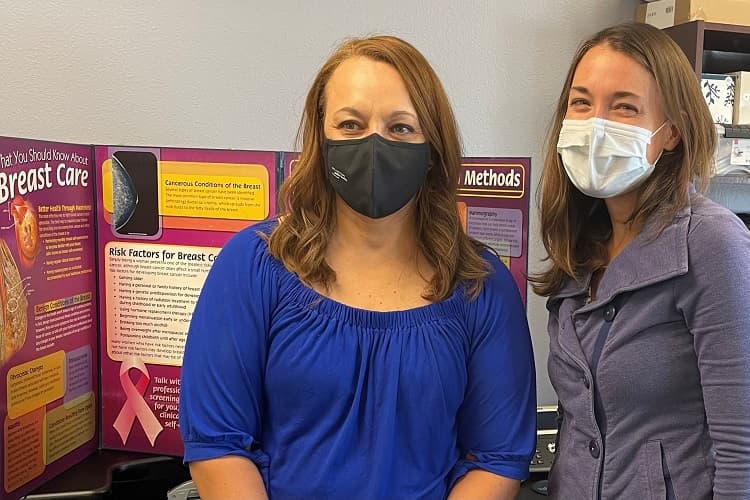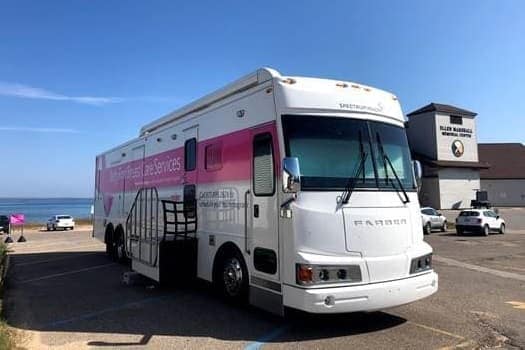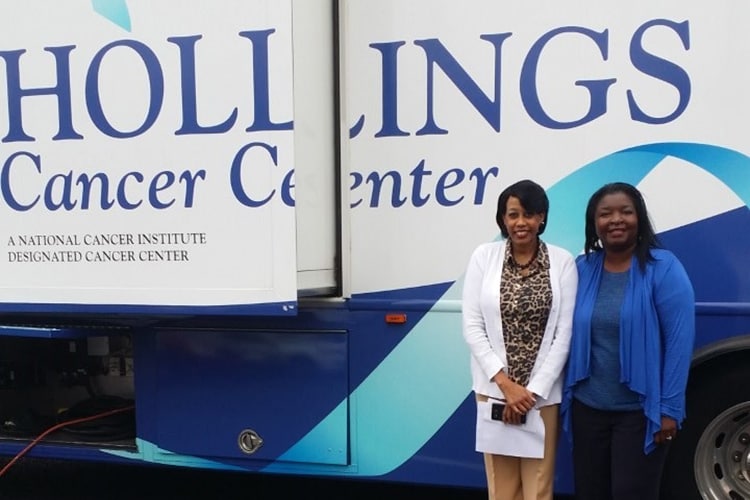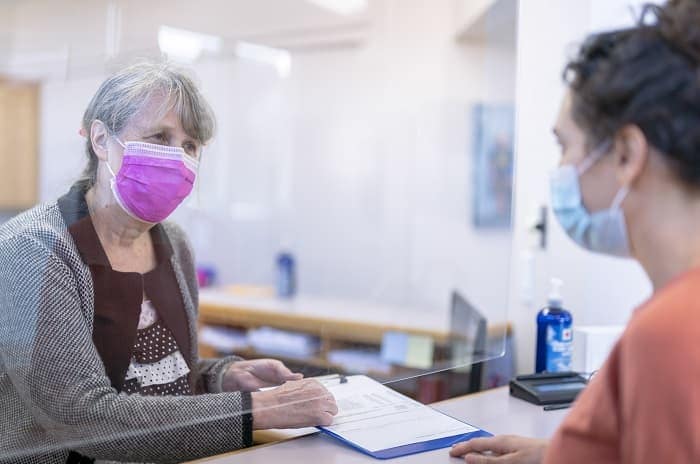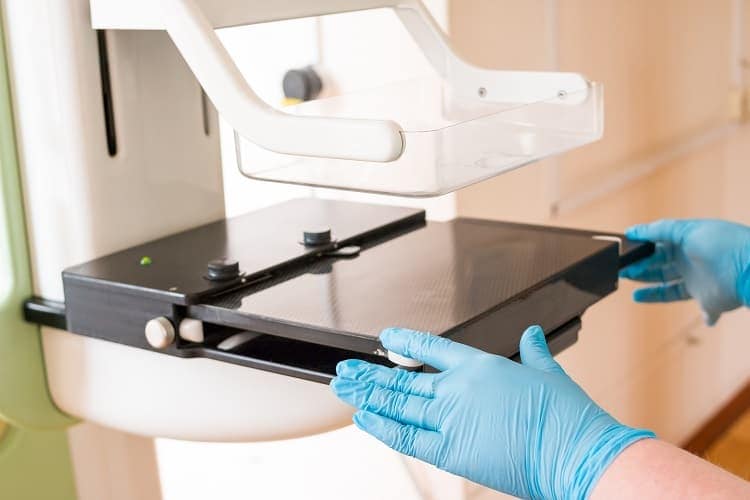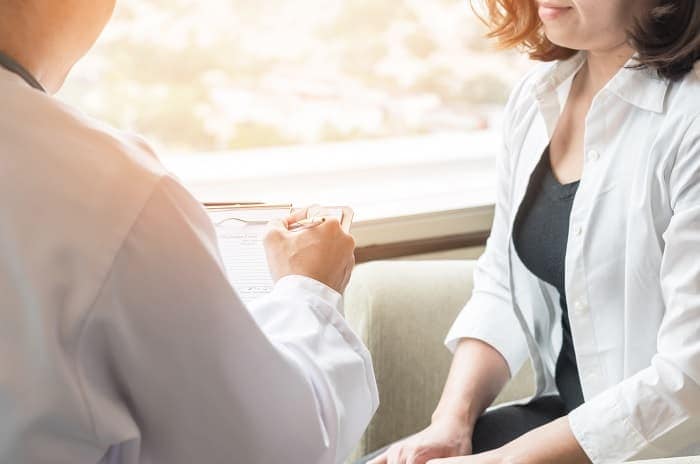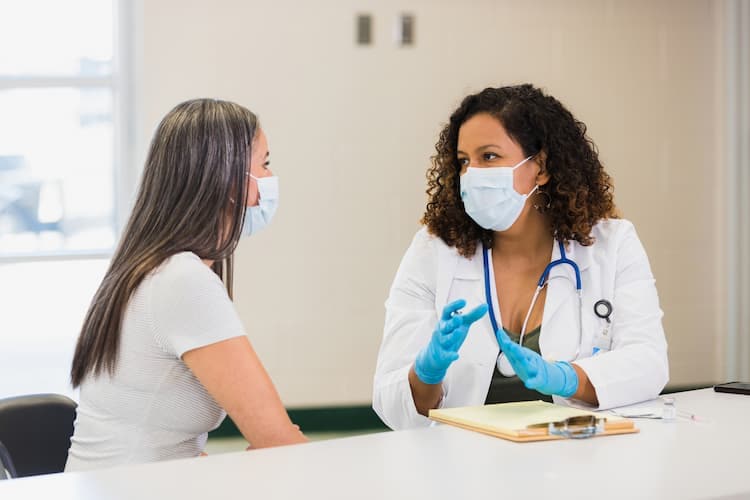Featured Success Stories
Featured National Breast and Cervical Cancer Early Detection Program award recipients share innovative ways they have found to increase cancer screenings.
Several organizations worked together to connect Hispanic women with low incomes with health care, housing, food, transportation, and other financial assistance during the pandemic.
In September 2020, the Inter-Tribal Council of Michigan and its partner hosted a mobile mammography van, while taking steps to prevent the spread of COVID-19. More than 100 women got mammograms during the five-day event.
South Carolina was one of the first states to receive funding through the NBCCEDP. Over the past 29 years, the state’s screening program, Best Chance Network, has worked with a variety of partners to reach diverse groups of women who are underserved.
The Guam Breast and Cervical Cancer Early Detection Program allowed women to sign up at one of its three partner clinics.
The Florida Breast and Cervical Cancer Early Detection Program increased the number of women without health insurance who received mammograms from 500 to more than 1,200 in one year.
Staff members give doctors a list of the patients who have an appointment that day and the preventive care services they need, including cancer screening tests.
In Nevada, about 1,500 more women received free or low-cost breast and cervical cancer screening in 2018 than in 2017.
